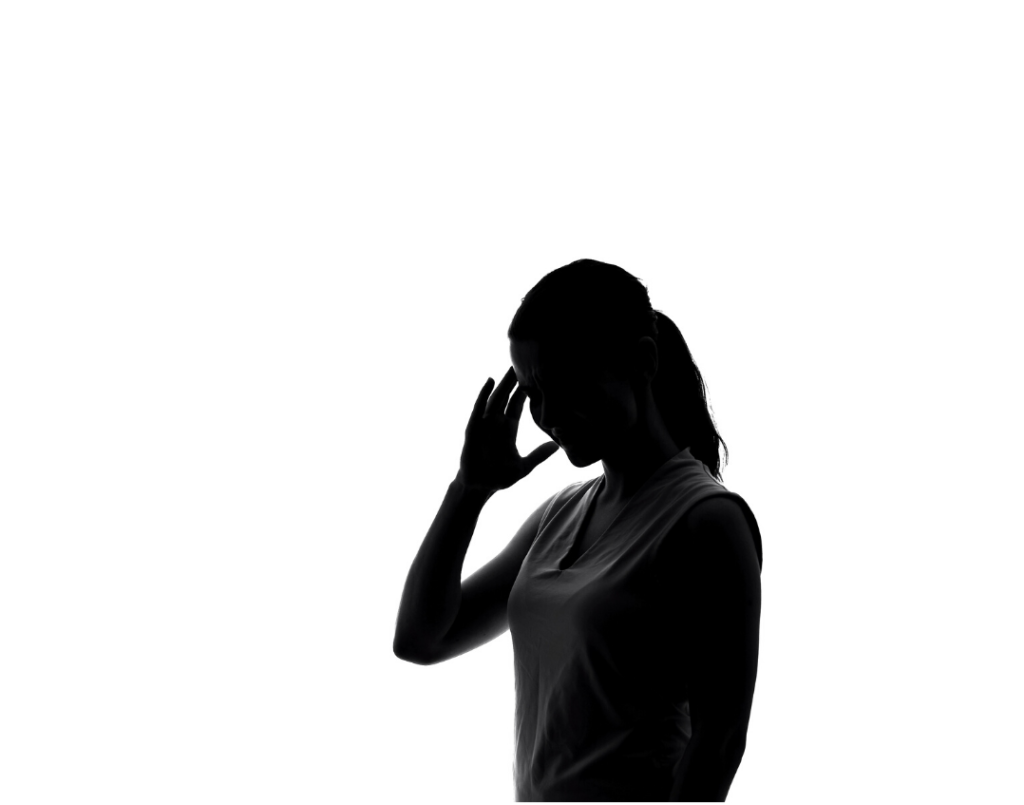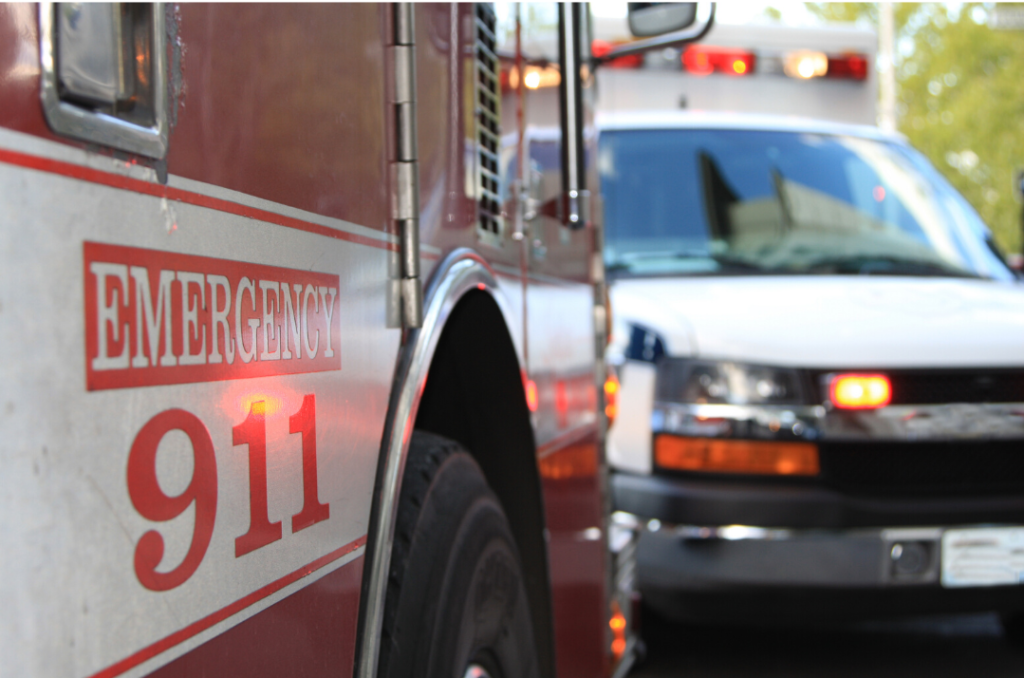
Two of my students with Parkinson’s hit their head at home recently. One tried to break through a freezing gait and fell, hitting his head and hand. The other came up under a cupboard that was open, and the impact split the skin on her scalp. I thought this was a good topic to cover since we do have falls from time to time in class. I am referring to the Mayo Clinic page as a reference.
Rarely does a bump on the head result in serious injury. Injuries to the forehead and scalp often result in a lot of bleeding under the skin because there is a rich blood supply to this area. When the bleeding is in just one area, it causes bruising and swelling (hematoma).
Even a minor head bump can cause a large amount of swelling. Speed, momentum, size of the person, and the surface hit (concrete floor vs carpet) may increase the possibility of serious injury.
When to be concerned
If the person injured doesn’t have signs of a serious head injury (listed below), remains alert, moves normally and responds to you, the injury is probably mild and usually doesn’t need further attention other than an ice pack applied 20 minutes on and 20 minutes off for a couple of hours.

Occasionally, the injury may be severe enough to cause bleeding in or around the brain. This type of bleeding can cause an intracranial hematoma (a serious condition that puts pressure on the brain).
Call 911 or seek medical attention if the person experiences:
- Unconsciousness, confusion or disorientation
- Persistent or worsening headache
- Imbalance
- Vomiting
- Memory loss or confusion
- Mood changes (such as irritability)
- Severe head or facial bleeding
- Bleeding or fluid leakage from the nose or ears
- Severe headache
- Change in level of consciousness for more than a few seconds
- Black-and-blue discoloration below the eyes or behind the ears
- Breathing stopped
- Loss of balance
- Weakness or an inability to use an arm or leg
- Unequal pupil size
- Slurred speech
- Seizures

- Keep the person still. Until medical help arrives, keep the injured person lying down and quiet, with the head and shoulders slightly elevated. Don’t move the person unless necessary, and avoid moving the person’s neck.
- Stop any bleeding. Apply firm pressure to the wound with sterile gauze or a clean cloth. But don’t apply direct pressure to the wound if you suspect a skull fracture.
- Watch for changes in breathing and alertness. If the person shows no signs of circulation — no breathing, coughing or movement — begin CPR.
The symptoms of a minor head injury are usually mild and short lived. Symptoms may include:
- a bump or bruise, or mild swelling on the head
- nausea (feeling sick)
- dizziness
Someone should be with the person for the first 48 hours after the injury. Do not drink alcohol, take sleeping pills or aspirin, unless prescribed by your doctor. See a doctor within one to two days of a significant head injury with ongoing symptoms, even if emergency care isn’t required.
Did You Know:
- 3 out of 4 of head injuries happen to males?
- 1 out of 5 people with head injuries are 65 years of age or over?
Be safe everyone! Don’t move faster than your feet can keep up. Don’t fight a freezing episode, slow down, and breathe. Be aware of what is on the ground and above your head.
Coach Kimberly
REFERENCES: